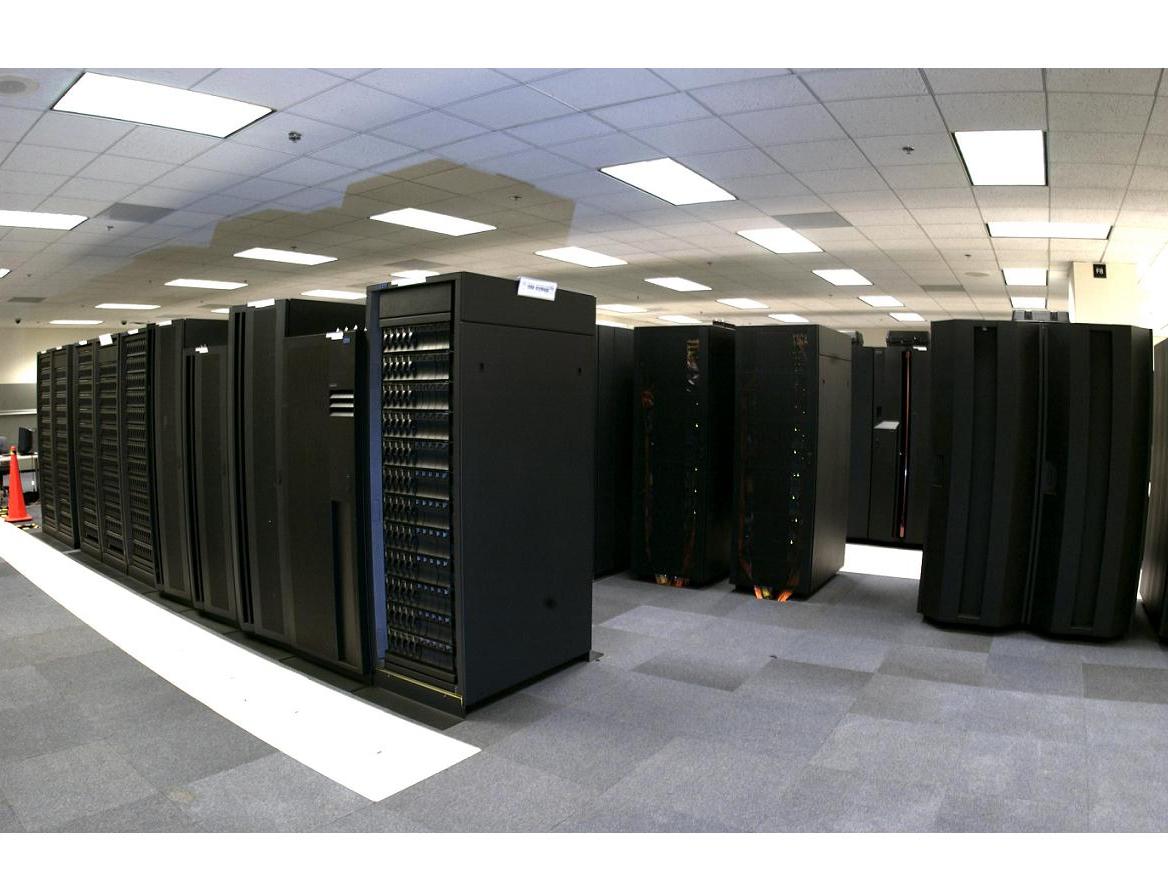New IBM supercomputers to tell the weather

IBM has supplied new supercomputers to the US National Oceanic and Atmospheric Administration (NOAA) , trebling the computer power used to monitor weather and climate patterns in the US.
The two systems, ranked 36th and 37th on the Top 500 list of the world's fastest supercomputers , will enable the US National Weather Service to deliver more information and increasingly accurate reports.
The IBM supercomputers can process 14 trillion calculations per second when working to maximum power, and take in 240 million global weather observations daily.
Scientists believe the new system will improve forecasts of hurricane strengths. "Better physics, better models, better data, and faster and more powerful supercomputing are the foundation for making better weather and climate forecasts," said Conrad C. Lautenbacher, undersecretary of commerce for oceans and atmosphere, and NOAA administrator.
"NOAA's partnership with IBM is a great case study of the public and private sectors working together to save lives," Lautenbacher added.
The new computers will also process data from six Constellation Observing System for Meteorology, Ionosphere and Climate (COSMIC) satellites, which aim to provide forecasters with a better understanding of jet streams and related storm systems.
These supercomputers should come in handy if global weather patterns are to change as dramatically over the coming years as suggested by the Intergovernmental Panel on Climate Changes (IPCC) , whose findings were presented in Paris today.
Sign up for breaking news, reviews, opinion, top tech deals, and more.
The IPCC's report stated that temperatures were probably going to increase between 1.8 and 4 degrees Celsius by the end of the century. This will cause a rise in sea levels, and influence the intensity of tropical storms, the report claimed.